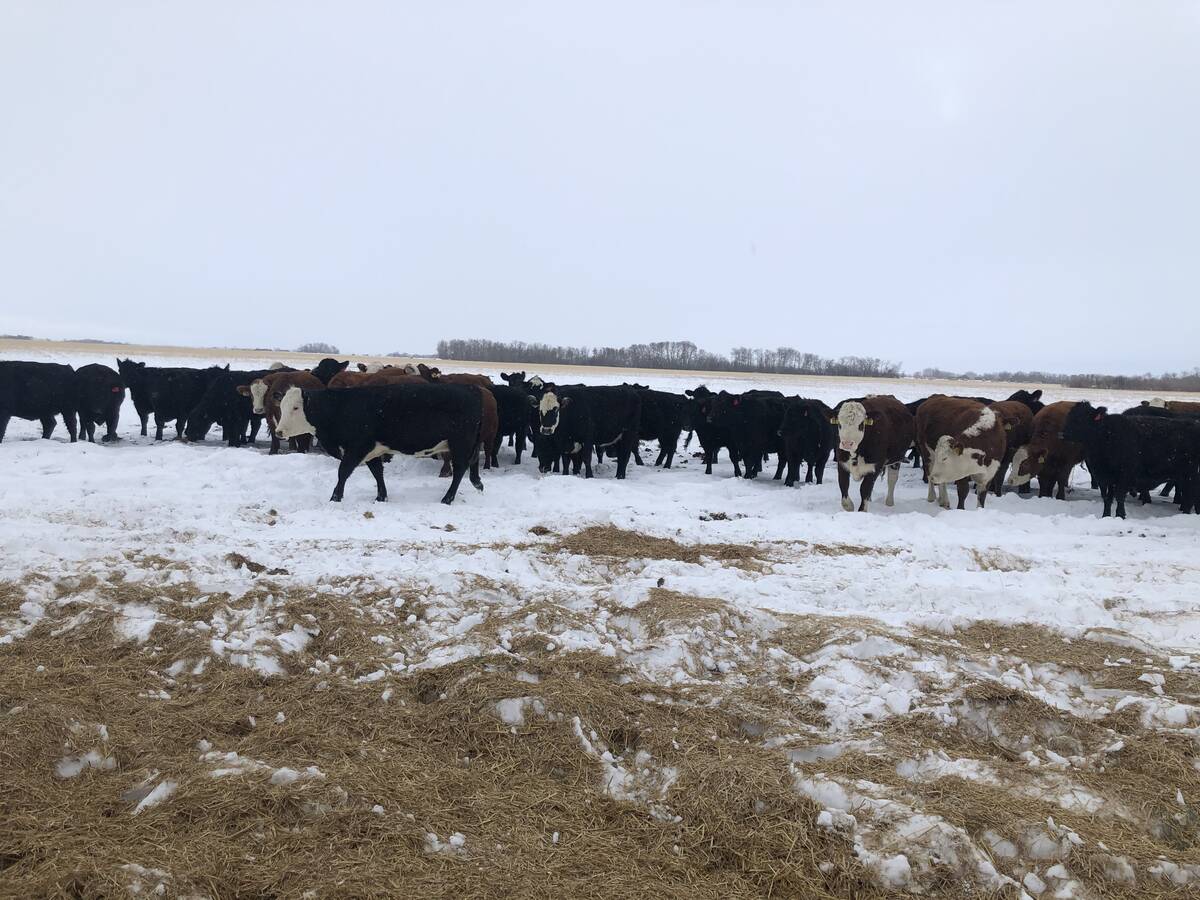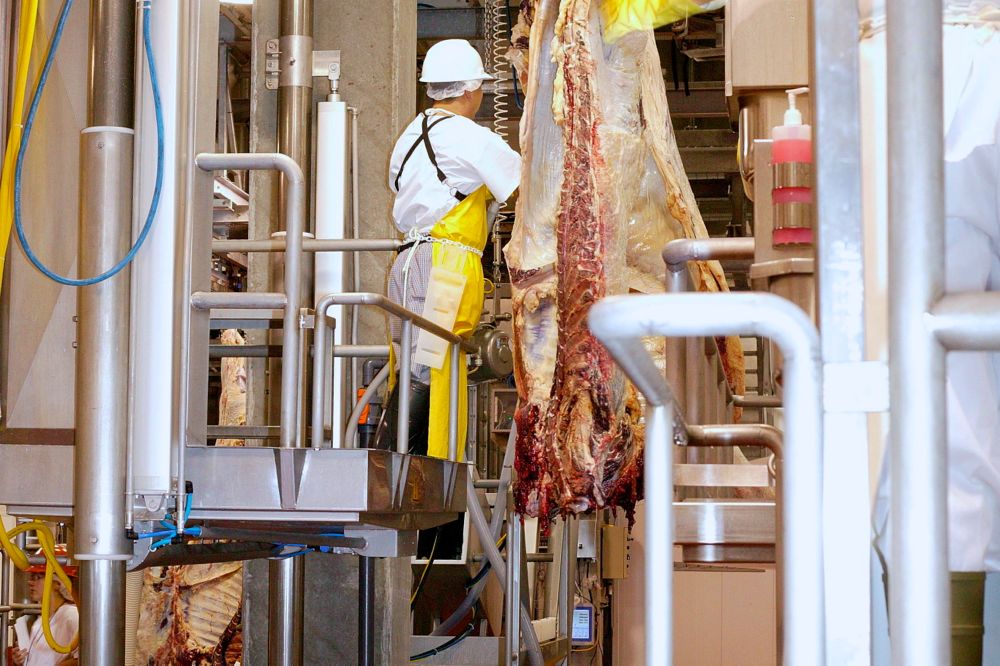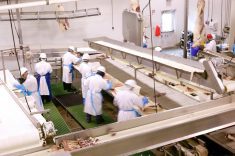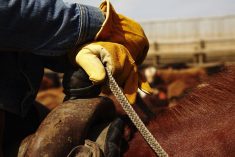With the Biden administration drowning in bad poll results from bad policies, this is a bad time to be in its crosshairs.
Both the House and Senate held beef industry hearings in April. The Senate “examined” the Fischer-Grassley bill seeking to mandate regional minimums on negotiated cash trade. They also referenced another bill calling for a new USDA department, headed by a “special investigator,” to hunt down people violating the Packers and Stockyards Act (P&S). The House committee was hunting the Big Four packers as responsible for perceived lack of competition for fed cattle.
The P&S has existed for over 100 years, keeping watch, investigating and prosecuting businesses.
Yet somehow, with fewer firms in the livestock trading business, easier tracking of digital transactions and a 100-year time frame to set definitions, enforcement rules and prosecution precedents, USDA claims it needs more money, more people and to reanalyze definitions of trading crimes.
Read Also

Picking the most efficient cows to rebuild your cow herd
A new cow ranking system to help beef farmers and ranchers pick the most efficient cows as they rebuild their herds.
Meanwhile, with multi-year investigations of poultry processors, the government has failed twice to convince juries that processors colluded to “fix” prices. The multi-year investigation of the beef packing industry has yielded nothing.
The biggest threat the industry faces today is this: so-called “black swan” events seem like a bad basis for setting long-term policy. By definition, black swan events are surprises, beyond normal expectations, unusual events. One definition refers to the “non-computability of the probability of consequential rare events using scientific methods.”
Improbability and footing the cost of being ready to handle anything is a difficult judgement call.
- Dittmer: Marketing and production challenges
The politicians and the bureaucrats keep talking about making the supply chain “resilient.”
What they mean is, no matter what happens — to the labour force; plant fires, tornados or cyberattacks; vacillating cattle supplies, the unimaginable — they want the industry to be able to continue as if nothing happened.
That could be arranged — at an astronomical cost. It would take billions to have one 6,000-head plant with the necessary trained workforce sitting idle, ready to be deployed if needed. Our government is usually unwilling and bad at accomplishing such a complex cost-benefit analysis.
The government has made promises about establishing smaller plants to improve resiliency. But it would take twelve 500 head/day plants to replace one 6,000- head/day plant — at a higher cost per head and more difficult marketing model.
Both committees heard testimony from farmers and ranchers, both critical to our present marketing system and favouring it. The latter defended the role of Alternative Marketing Agreements (AMAs) to protect the quality, the premiums, the integrity of specialized programs and the cost cutting provided to both feeders and packers.
While one sympathizes with those testifying about their difficulties in surviving the cattle business, too often they describe problems but fail to suggest viable, practical solutions. Sometimes, their proposals amount to repealing the laws of economics.
Making it easier for smaller operators to be profitable would mean making it just as economical for packers to buy 2,500 head of cattle from 25 different operators and geographical locations as buying them from two operators in two locations. It’s not possible, especially if negotiating selling prices and terms on each of 25 transactions.
One witness we suspect represented several cattle producers unhappy with the present system. He complained many times that he didn’t know how to price his cattle because there was no local auction anymore and he couldn’t get multiple bids from order buyers. No other method but multiple bids would satisfy him. The big packers and feeders were at fault because they used AMAs.
The lack of auction numbers might stem from ranchers selling cattle through other methods: auction barns using special sales of certain qualified cattle, video auctions, order buyers, selling direct to feedyards, retaining ownership, etc.
The trend is less face-to-face, live critter evaluation. Consumers are doing more takeout and mail-order, more buying from local sources — sight-unseen purchases based on trust and past performance. Smaller cattle operators are relying more on sight unseen customers. That means having past performance records to get new customers and keep old ones.
Rep. Glenn Thompson (R-Pa.), the ranking member on the House Agriculture Committee, said if USDA and the Department of Justice haven’t found anything using existing regulations, they should “stop demonizing the packing industry out of political convenience.” The House hearing was “a highly orchestrated attempt to continue that desperate, baseless narrative,” instead of reducing federal spending and over-regulation.
Another bill creating a cattle contract library and other information has passed the House.
A successful beef industry must structure itself to serve the successful participants and the consumer.
It may sound harsh, but we cannot structure things so everyone can survive — or no one will. We need a structure allowing as many as possible to prosper — based on their ability to serve those who supply all the industry’s money — the consumer who buys beef for home and in restaurants.
















